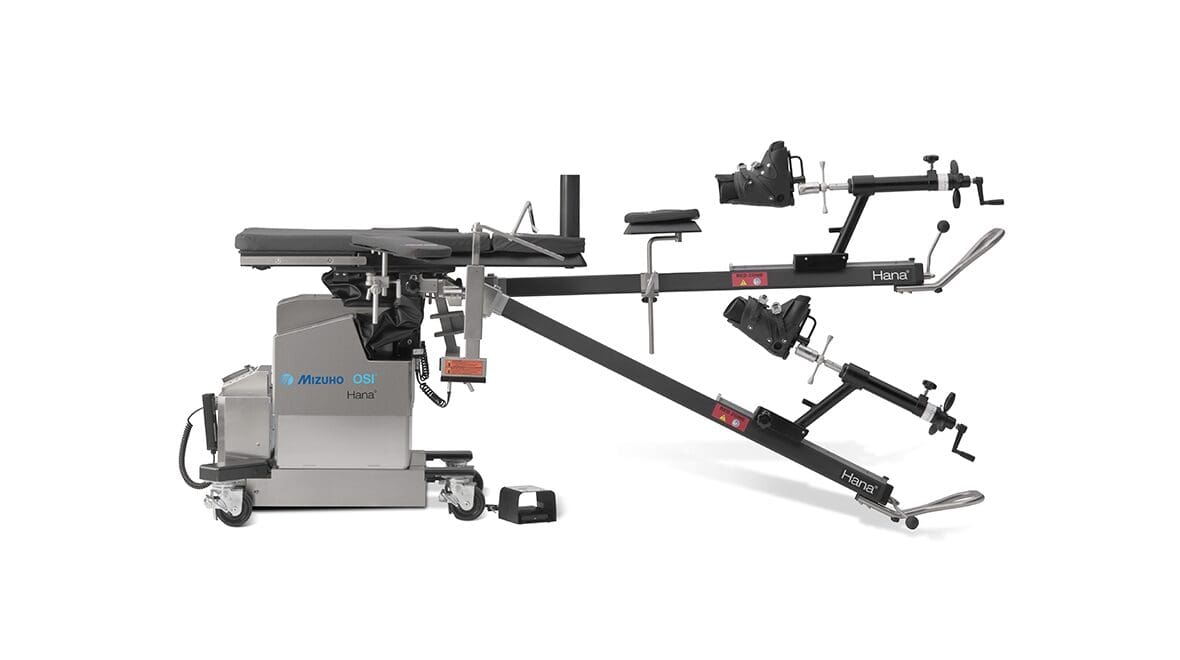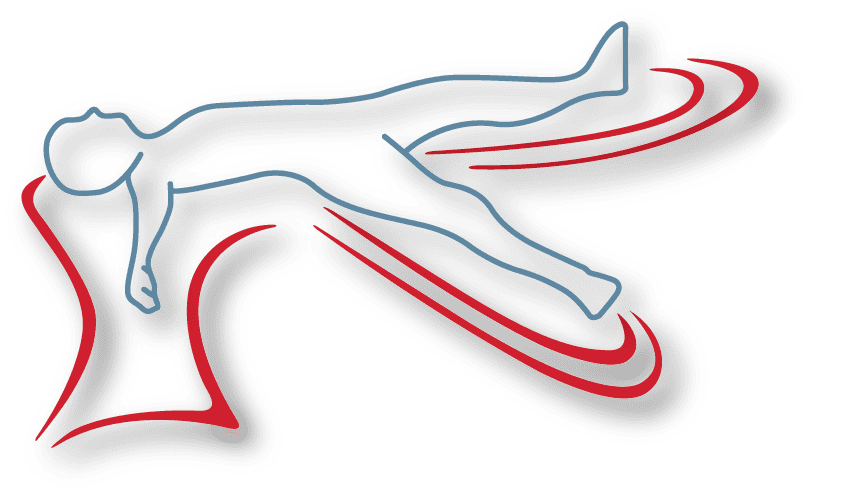Joel Matta - the journey to the anterior approach THA in the USA - Part One
In this series, Anterior Hip Foundation Founder, Dr. Joel Matta, describes the history of the anterior approach to total hip arthroplasty in the USA from its early American/French beginnings to its evolution into the technique used today.
The Early Days in Paris with Emile Letournel
My first experience with anterior approach hip arthroplasty was in 1981 when I had the opportunity to observe Professor Emile Letournel, former resident of Robert Judet, at his hospital in Paris at Port de Choisy. At the time, I was a junior faculty member in the Department of Orthopedic Surgery at The University of Southern California. LeTournel was renowned for his pioneering work with the surgical treatment of acetabular and pelvic fractures – which aligned closely with my primary interest and clinical focus.
I had encountered Prof Letournel for the first time the previous year in Los Angeles when he was a visiting lecturer to our department. I was awestruck by Letournel and honored that he granted my request to visit him in Paris. My visit was limited to a few weeks however was informative and inspirational. Emile gave freely of his time, allowed me to observe him in the operating room and reviewed x-rays of my cases and some of his that were particularly instructive. He also took the opportunity to show me anterior hip replacement as he performed it on the Judet Orthopedic Table.

Dr. Joel Matta with Prof. Emile Letournel ar the Fer a’ Moulin Paris Anatomy Institute in 1992
Letournel was one of the most impressive surgeons I had ever observed. His command of pelvic and acetabular fracture surgery was unmatched. He also performed anterior THA with the patient supine on the Judet orthopedic table, efficiently and with minimal tissue trauma through a small incision. However, at the time of this first visit, my focus was acetabular fracture surgery and I did not seek to adopt the Judet-Letournel anterior THA.
Early focus on Posterior Approach
Furthermore, my Chief at USC, Augusto Sarmiento, MD another internationally recognized orthopedist and hip surgeon, was instrumental in leading the world to use a posterior approach for THA (*). Sarmiento had been a Charnley fellow and learned the trans-trochanteric approach for the Charnley prosthesis. Prior to this however he had been Austin Moore’s resident and learned to implant the Austin Moore femoral prosthesis through posterior approach. I believe that it could have been the challenges inherent in Charnley’s trochanteric osteotomy that were a major factor in the worldwide trend to posterior approach.
The posterior approach represented an improvement with less soft tissue trauma and respect of the greater trochanter however it was not without problems. The approach disrupted the hip’s external rotators. Also, a patient was now necessarily placed lateral which made the pelvis and acetabular component position harder to judge and the combination of these issues made the possibility of post operative dislocation higher.






